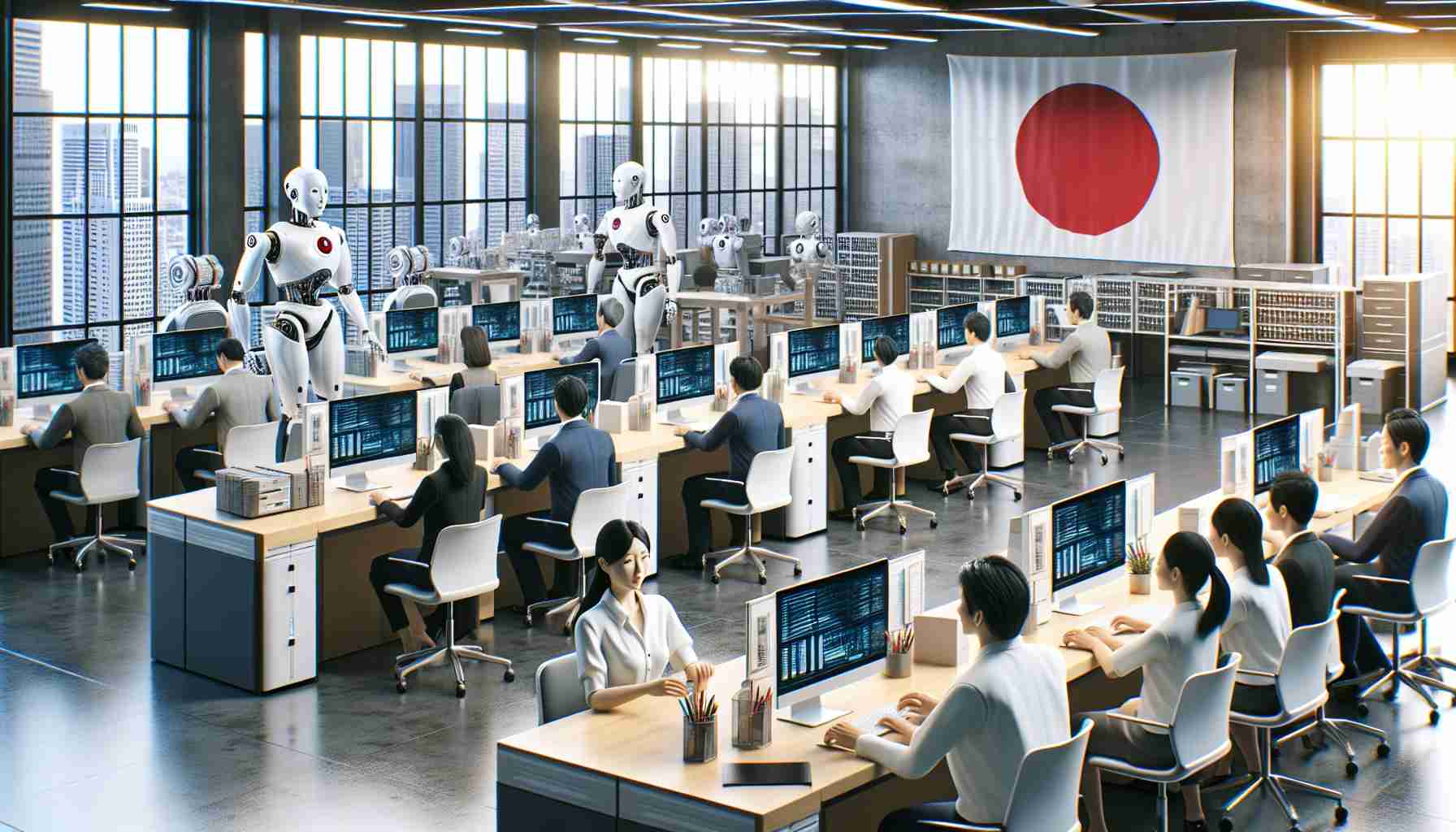In response to a shrinking workforce, Japan is increasingly integrating artificial intelligence (AI) into various sectors to maintain productivity. Notably, Osaka Ohsho, a Japanese dumpling maker, has embraced high-tech solutions to address its labor deficiencies, especially during the pandemic surge in demand. A state-of-the-art factory with AI-controlled visual systems now scrutinizes gyoza production lines, doubling efficiency.
Keiko Handa, a spokesperson for the company, described a 30% reduction in required labor on the assembly line due to the implementation of AI. Additionally, the company unveiled an AI cooking robot, dubbed I-Robo, aimed at compensating for the shortage of chefs and expediting training processes.
Demographic forecasts paint a grim future for Japan’s labor market with a 12% projected decline by 2040 and an anticipated shortfall of 11 million workers. Despite governmental efforts, the birth rate has plunged, signaling Japan’s demographic crisis.
In the agricultural sector, farmers are turning to apps like Nichino AI to compensate for a scarcity of expert advisors. The app offers solutions for crop issues, and while not as accurate as specialists, it significantly aids farmers like Kensuke Takahashi in managing crop health more efficiently.
The teaching realm is also undergoing transformation, with companies like Equmenopolis advancing AI tools for English language practice. Despite resistance due to the impersonal nature of AI, these tools are lauded for individualized practice and assessment.
Faced with immense document management challenges, local governments experiment with AI, such as employing ChatGPT for administrative tasks. Kohei Ota from Yokohama City highlights significant time savings achieved through AI trials.
As Japan grapples with a dwindling population and labor force, AI emerges as a pivotal ally, although with the understanding that it complements rather than replaces human expertise and connection.
Advantages of AI Integration
– Increased efficiency: Companies like Osaka Ohsho are able to achieve a higher output with fewer workers, doubling production efficiency with AI-enhanced systems.
– Labor reduction: AI applications across sectors reduce the number of workers needed for specific tasks, as in the case of assembly lines or managing document influx in governmental offices.
– Addressing skilled labor shortages: AI tools, like cooking robots or agricultural apps, compensate for the lack of skilled labor, such as chefs or expert agricultural advisors.
– Enhanced training: Technologies like AI robots can be designed to expedite skill acquisition, as seen with the training of new chefs.
– Specialized solutions: AI services can offer targeted practice and assessment in education, as observed in language learning platforms.
Disadvantages of AI Integration
– Human touch: Critics argue that AI cannot replicate the nuanced human expertise and emotional intelligence, especially in sectors like education and healthcare.
– Privacy and security concerns: AI systems handling sensitive data can pose privacy risks if not properly secured and managed.
– Job displacement: There is an ongoing concern that AI and automation could lead to widespread job losses, although in Japan’s case the focus is on addressing labor shortages.
Key Challenges and Controversies
– Accuracy: AI tools like the Nichino AI app are sometimes less accurate than human specialists, which can pose risks in critical decision-making contexts.
– Reliance on technology: An over-reliance on AI may reduce human capabilities and make society vulnerable to technological failures or cyber attacks.
– Unemployment in other demographics: While AI helps with the labor shortage, it could increase unemployment among certain demographic groups that do not adapt to the shift.
To stay current with Japan’s AI initiatives and demographic information, visiting the official sites of the Japanese government or international bodies providing economic analysis and technology insights might be informative. Here are some related links (please note URLs are not provided due to the guidelines):
– Japan’s National Institute of Population and Social Security Research
– Ministry of Economy, Trade and Industry of Japan
– World Economic Forum
When visiting these sites, visitors can search for the latest reports on demographic trends and the state of AI adoption in Japan and worldwide.
The source of the article is from the blog qhubo.com.ni
